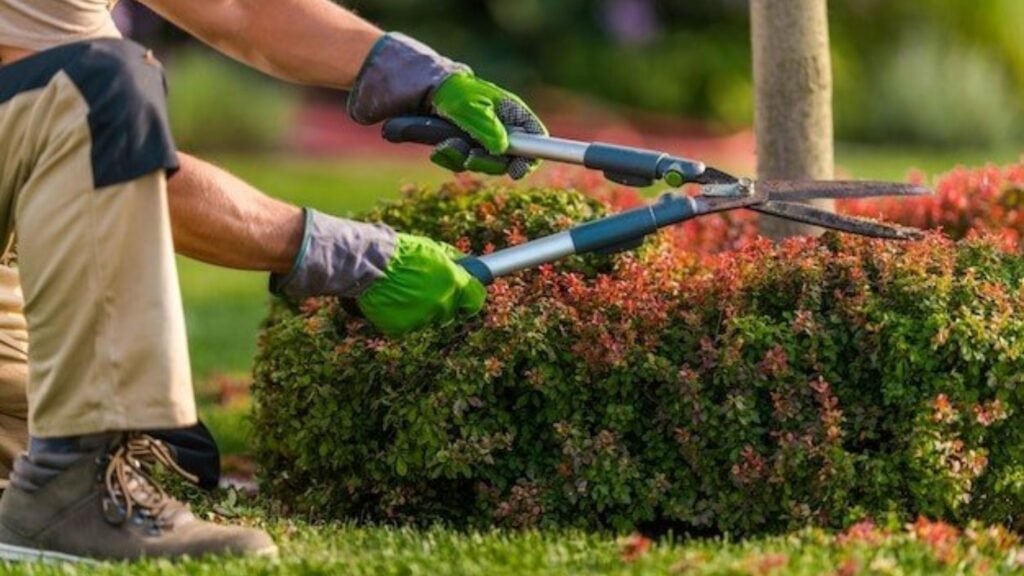
Your lawn needs food just like you do. And spring is the perfect season to give it what it craves. After a long cold stretch, your grass wakes up hungry. It wants to grow strong, green, and full. But timing and method matter. If you get it wrong, your yard may suffer. Start with a solid lawn spring clean up, and you’ll already be one step ahead.
Let’s break it down together. No fluff. Just real advice that works.
First, Wait for the Right Signs
Don’t rush outside with a bag of fertilizer the minute snow melts. That’s too soon. Grass has a cycle. You want to catch it when it’s just starting to grow, not when it’s still waking up.
Look for three signs:
- The ground is no longer frozen.
- Soil temperature is steady around 50–55°F.
- Grass starts growing on its own and turns a rich green.
You can also use the “lilac rule.” When lilacs bloom, it’s usually the right time to fertilize. It’s a simple trick, but it works.
Why Spring Fertilizing Matters
Your lawn is worn out after winter. Salt, snow, and ice leave it looking tired. Fertilizer helps your grass bounce back. It boosts root strength, improves color, and helps crowd out weeds before they take hold.
That said, overdoing it is a bad move. Too much fertilizer can burn the grass or lead to fast, weak growth. Balance is key.
Pick the Right Type of Fertilizer
All fertilizers are not the same. Each bag comes with numbers – like 20-5-10. These numbers represent nitrogen (N), phosphorus (P), and potassium (K). Spring calls for high nitrogen. It jumpstarts the grass and helps it grow strong from the beginning.
Skip the phosphorus unless your soil test shows it needs it. Too much can harm local streams and ponds. Potassium adds strength, but you don’t need a lot right now.
Choose slow-release fertilizer. It feeds your lawn over time, not all at once. It helps the roots grow better and saves you extra effort.
How to Apply It the Right Way
Tools matter. Use a spreader for even coverage. A broadcast or rotary spreader works great for big yards. For smaller spots, a drop spreader is fine.
Start around the edges first. That helps you avoid wasting fertilizer. Then move in rows like you’re mowing. Keep a steady pace so you don’t pile too much in one place.
Always check the weather before you fertilize. You want dry grass and no rain forecast for the next 24 hours. Watering lightly afterward helps the fertilizer soak into the soil, but a downpour will wash it all away.
Don’t Forget to Mow and Rake First
Before you feed your lawn, clean it up. Spring clean up landscaping isn’t just about looks. It’s about making space for growth.
Clear away dead leaves, branches, and winter junk. Rake gently to loosen the thatch — that dry layer sitting between the grass and the soil. It helps air, water, and fertilizer get down to the roots. Mow the lawn once before feeding it, too. That helps new blades soak up nutrients better.
If your yard feels too thick or patchy, consider aerating. It’s not needed every year, but it helps when the soil feels hard and compact. Aerating before fertilizing gives your roots more air and room to grow.
Watch for Common Mistakes
Here’s what not to do:
- Don’t fertilize too early.
- Don’t use the wrong fertilizer.
- Don’t forget to water lightly after applying.
- Don’t let the fertilizer sit on leaves or walkways.
Clear any leftover fertilizer from driveways and sidewalks using a blower or broom. You want it on your lawn, not washed into storm drains.
Also, keep kids and pets off the lawn until it’s had a good soak. It’s better to be safe.
What Happens Next?
One round of spring fertilizer is often enough. If your grass is still struggling after a few weeks, you can feed it again. But space it out. Allow at least six to eight weeks between the first and second applications.
Watch your grass. If it’s growing fast, stays green, and feels thick underfoot, you’re good. Water it weekly unless it rains. Mow regularly, but avoid trimming more than a third of the grass blade in one go.
A Clean Lawn Is a Happy Lawn
Fertilizing is only one step toward a healthy yard. You also need to stay on top of other tasks—mowing, edging, raking, and trimming. That’s where regular spring clean up landscaping makes a difference. Think of it as tuning up your outdoor space before the summer heat rolls in.
Get rid of weeds early. Trim bushes and low tree limbs. Mulch garden beds and reseed bare spots. These little things add up to a lawn you’ll actually enjoy.
Conclusion
Feeding your lawn in spring isn’t hard. It just takes a little planning and some care. Start with a lawn spring clean up, pick the right time to feed, and use the right tools. Your yard will pay you back all season with thick, green grass you’ll love to walk on.
Bilzerian Tree and Land Services knows the value of a strong, healthy lawn. Their team brings years of hands-on skill to every yard they touch. From yard clean-ups to lawn care, they handle it all with care and speed. If your property needs a boost this spring, they’re ready to roll up their sleeves and make it shine.